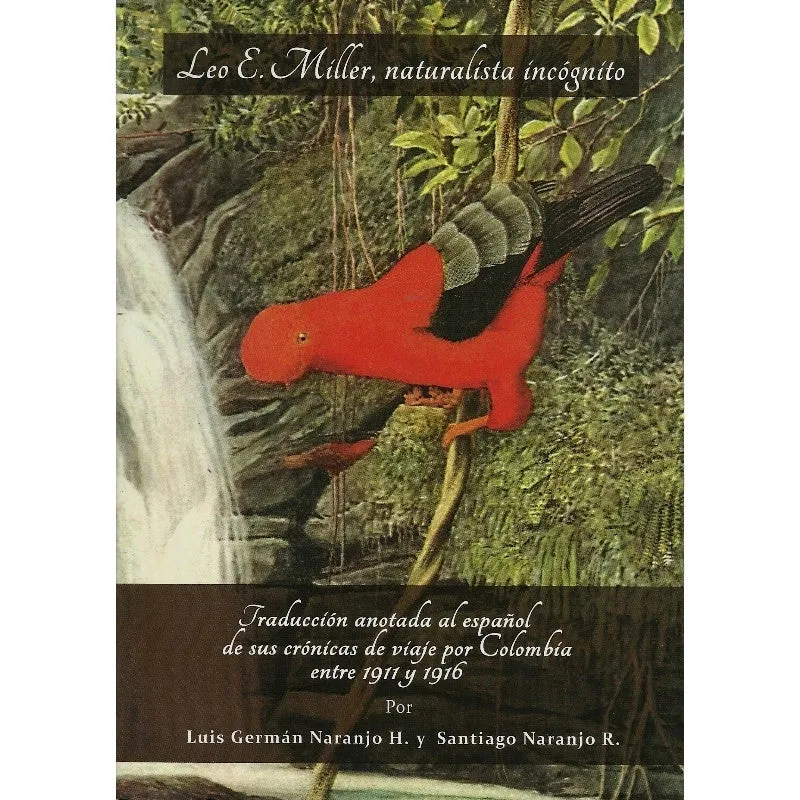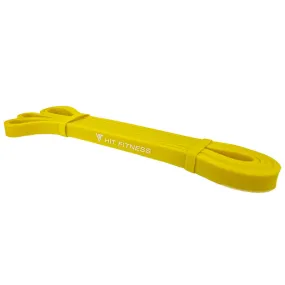Between 1911 and 1916, the American Museum of Natural History of New York conducted a series of eight scientific expeditions in Colombia, as part of an ambitious research project on the birds of South America, led by Frank Michler Chapman, who was described as a major achievement of the ornithology of the time.
Despite the scientific merit of Chapman, his analysis would not have been possible without the immense collections of specimens and the wealth of information gathered by its team of collectors along the expeditions that traveled a significant portion of the Colombian geography. But as usual with the "foot soldiers" of big business, who got each piece of the puzzle worked by Chapman have been blurred over the years and they exist in a ghostly way, but neither his career nor the most basic details about his personal history are known. For this reason, the reading of the travel chronicles of Leo Edward Miller, in addition to rescue from oblivion, is revealing as it offers a glimpse of the environmental conditions of the regions visited and allows to understand the conceptual framework within which the first steps were given in the study of Latin American zoogeography.















